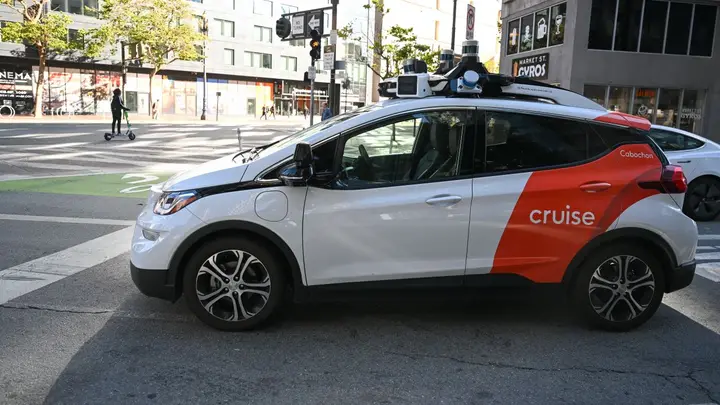San Francisco, CA – Cruise, the self-driving car company and subsidiary of General Motors, has announced a temporary suspension of its driverless vehicle operations in the United States as it undertakes a comprehensive review of its safety procedures. The decision comes in response to a recent suspension of its activities by the California Department of Motor Vehicles (DMV), raising concerns about the safety of autonomous vehicles.
On Thursday night, Cruise conveyed its immediate suspension of driverless operations not only in Texas but throughout the entire U.S., following the earlier suspension by the California DMV, which was disclosed on Tuesday. Cruise, known for its focus on self-driving vehicles, encompasses both supervised and fully autonomous variants.
In a statement posted on X, previously known as Twitter, Cruise expressed its commitment to rebuilding public trust in autonomous vehicle technology. The company acknowledged the need for introspection and evaluation of its operations, even if it entails addressing uncomfortable or challenging aspects.
The statement read, “The most important thing for us right now is to take steps to rebuild public trust. Part of this involves taking a hard look inwards at how we do work at Cruise, even if it means doing things that are uncomfortable or difficult. In that spirit, we have decided to proactively pause driverless operations across all of our fleets while we take time to examine our processes, systems, and tools and reflect on how we can operate in a way that will earn public trust.”
The decision follows safety investigations launched by both the state of California and the National Highway Traffic Safety Administration (NHTSA) after an incident in early October. In this incident, a human driver struck a pedestrian who was subsequently launched into the path of a Cruise robotaxi in an adjacent lane. Regrettably, the autonomous vehicle could not stop in time to prevent the collision, ultimately coming to a halt atop the pedestrian. The pedestrian was later freed by first responders and taken to a nearby trauma center for medical attention.
Before this tragic incident, the California DMV had already initiated an investigation in August due to “recent concerning incidents” involving Cruise vehicles in San Francisco. These incidents led to the California DMV’s request for Cruise to take half of its robotaxis off the road, a request that Cruise willingly complied with.
Additionally, the NHTSA had begun its safety probe of Cruise’s autonomous driving system in December, spurred by a pair of rear-end collisions. The agency’s concern arose from observations that the vehicles under investigation “may engage in inappropriately hard braking or become immobilized.”
Cruise’s decision to temporarily pause its driverless operations reflects a commitment to addressing safety concerns and restoring public confidence in autonomous vehicle technology.

